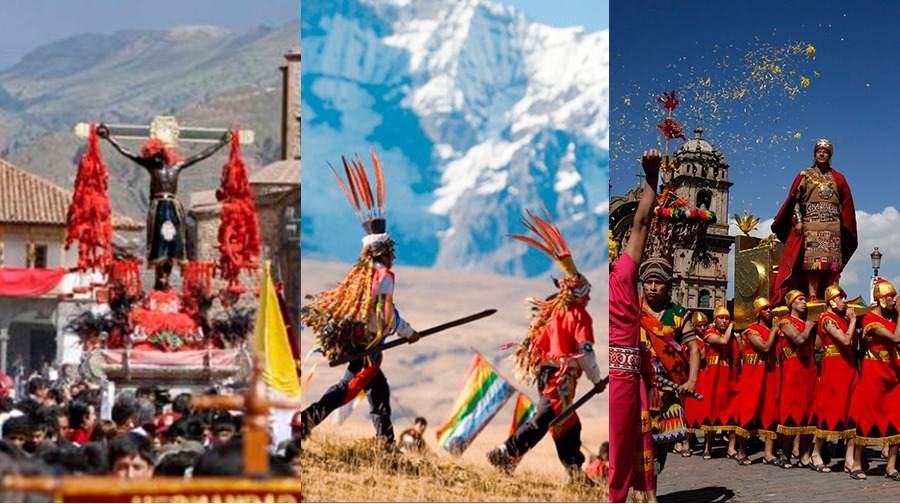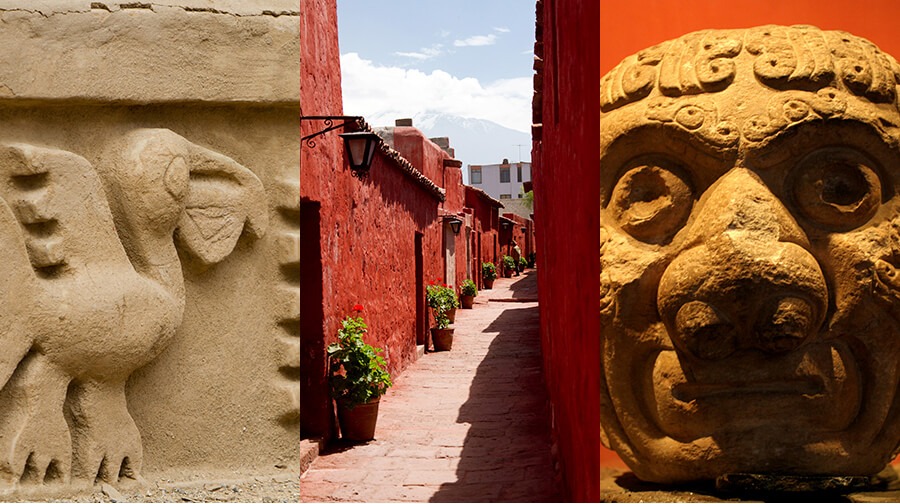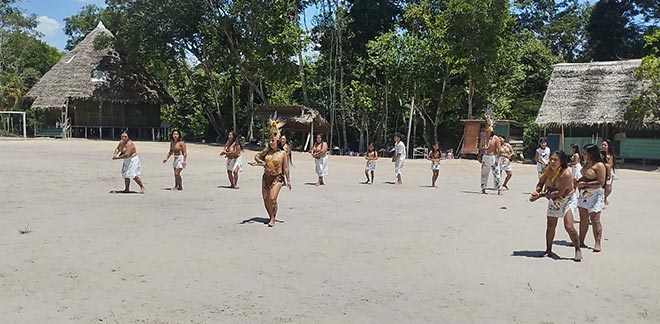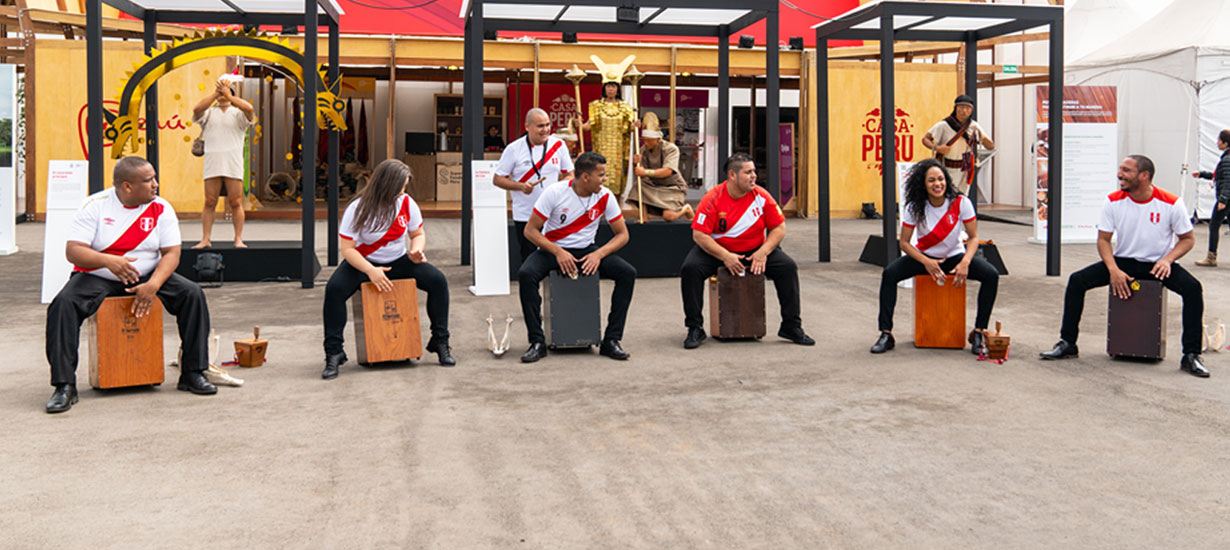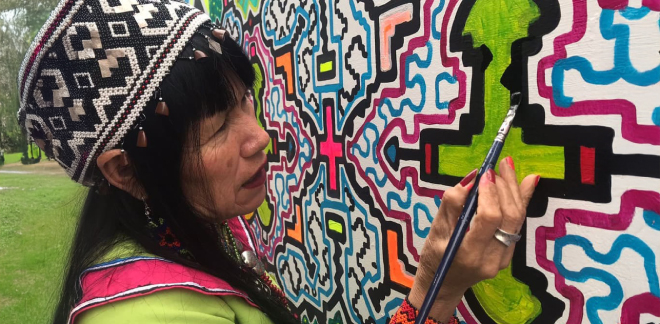These are the most representative folkloric festivals of Cusco
Síguenos en:Google News
The mysticism that characterizes the capital of the Inca Empire is reflected not only in its imposing stone monuments, where the Inca ancestors once walked, but also in its majestic regional celebrations.
A dazzling experience that today we are enjoying mainly through video due to the new normality that is currently underway throughout the countries of the region. The mandatory quarantine and the closure of the borders are an incentive to prioritize our health. But let's see this isolation as an opportunity to strengthen ties with the family, appreciating from home the magic that Cusco usually gives us every year with its festivals full of splendor and traditions.
In each one of these festivals, the people of Cusco wear colorful costumes and dance and sing to the rhythm of contagious (and sometimes nostalgic) huayno music, as a sign of gratitude and devotion to figures of Catholicism – such as the Virgen del Carmen and the Taytacha de los Temblores – as well as to the gods of the Andean cosmovision: the Sun (Inti) and Pachamama, in an eternal cultural fusion. This year there won't be a crowd, but the faith is still intact. Here are the main festivities.
Señor de Qoyllur Rit’i Festival. The celebration and pilgrimage usually takes place at the end of May, but sometimes also in the first week of June. It is considered the oldest festival in Cusco. It takes place in the village of Ocongate and consists of carrying the image of the Lord of Qoyllur Rit'i in a procession to the famous, snow-capped Ausangate mountain (located more than 16,000 feet above sea level). Along the way, parishioners perform songs, dances and prayers.
Feast of Corpus Christi. It takes place nine weeks after Maundy Thursday. On this day, 15 icons are carried in procession, each accompanied by a group of parishioners. They leave from Cusco Cathedral and are walked along the most important streets of the city. The tradition actually dates back to the pre-Inca period when people would take the mummies of the Empire's rulers on procession. The subsequent colonization brought about the fusion with Catholic traditions. During Corpus Christi, it is possible to taste the traditional Chiriuchu, a dish made with guinea pig, chicken, chorizo and cheese.
Virgen del Carmen Festival. The second week of July, in Paucartambo, the festival of the Mamacha del Carmen, also called the Patron Saint of the Mestizos, is celebrated. For five days, groups of enthusiastic devotees usually accompany the Virgin, dancing and dressed in waca waca, sarjas and doctorcitos costumes. Meanwhile, another group performs chants in Quechua. On the main day of the festivity, a procession of a group of chosen people, wearing typical Inca costumes, perform intrepid pirouettes on the roofs of the houses. Then, the traditional fight against the demons takes place and the festival ends with a visit to the cemetery to pay homage to the souls that rest there.
The Cusco Carnivals. On Sundays in February, the whole of Peru usually celebrates the traditional carnival festival. The city of Cusco and surrounding areas – Pisac, Chinchero, Urubamba, Ollantaytambo – are no exception. On these days, these towns are filled with colorful dancing groups accompanied by contagious huaynos and yunzas. A day is usually set aside for compadres and comadres, in which people of the same gender are called upon to be comrades. During the carnival you can taste dishes such as Timpu (Sancochado or Puchero), bean Kapchi, roast suckling pig and Frutillada.
Inti Raymi Festival. It is considered one of the most important folkloric expressions of Cusco. It is celebrated on June 24th, at the beginning of the winter solstice. The spectators congregate at the sacred monuments: Coricancha, the Plaza de Armas and the Sacsayhuamán Fortress (but now, of course, they will be watching it from their homes), to witness how the people of Cusco recreate the tribute to the Inti God, the highest divinity of the Inca Empire. Ancient characters such as acllas, pichaq, and kumillo are involved in the performance.
Taytacha de los Temblores Festival. It is celebrated during Easter Week, precisely on Easter Monday. On that day, the statue of the crucified Cristo Moreno is usually taken out on procession between prayers and songs. The figure is considered as the sworn patron saint of Cusco, according to history, because, as the name indicates, it was able to stop a strong earthquake. It rests in the city's cathedral, and has accompanied the people of Cusco since 1650.
Sources: Boleto Machu Picchu/ Go 2 Perú.


